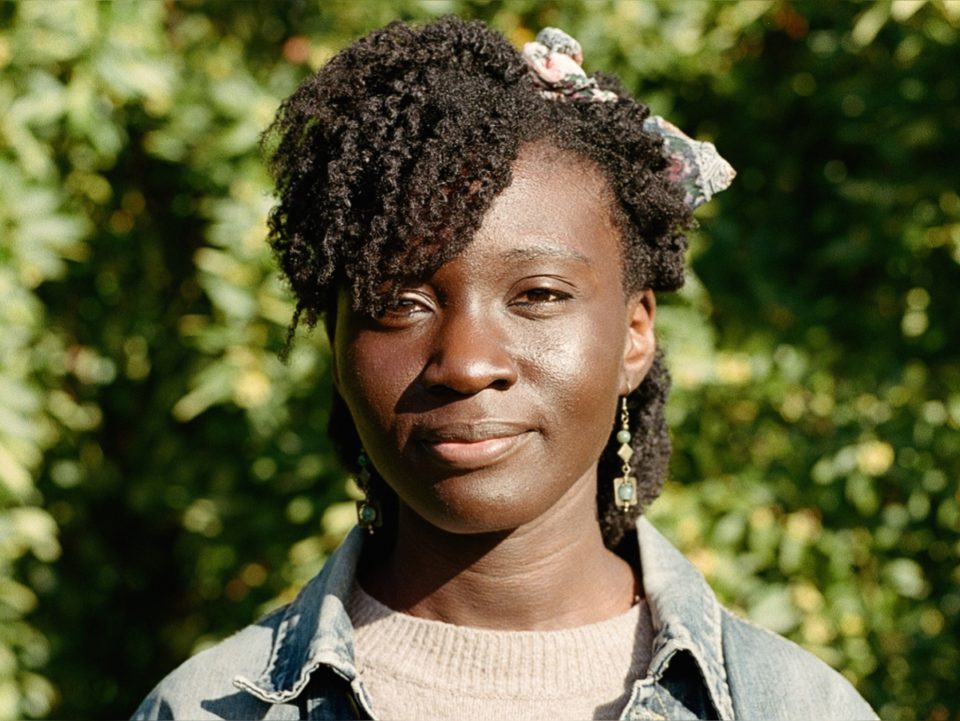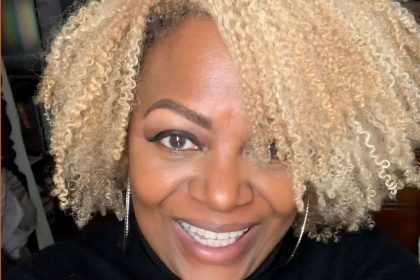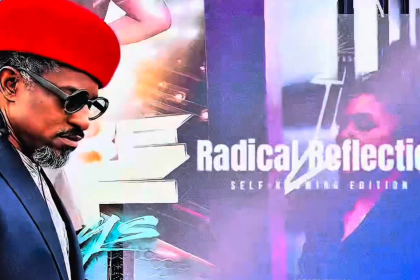
Set on the outskirts of an ever-changing London landscape, Sussie Anie’s debut novel, To Fill a Yellow House, is the poignant story of an unlikely friendship between a young first-generation immigrant and a middle-aged shop owner still grieving the death of his wife. The unlikely connection between the two begins with a chance encounter that sparks a relationship that eases, even if just a little bit, the sense of alienation they both feel in their day-to-day lives.
What inspired you to create this storyline?
I wrote this novel after a year out of work. I felt energized and refreshed and inspired. I also moved out of London and moved to a really small city called Norwich. It was completely different from London. When I moved back to London, I wanted to write about everything in London. I wanted to write about the city, the transport system, the internet, and how so many different lives of people from different backgrounds can become entangled and can cross over because of the way that cities work. I wrote this novel so quickly, just because I was refreshed and inspired after that year out. I think it was the timing that generated the inspiration for this story.
What is special about it being a yellow house?
There are quite a few references to the color yellow in the book. Just with door colors, and with the house having yellow features in it. But the title, yellow has connotations that kind of mix. Yellow can be seen as a sign of weakness, but it’s also very bright and optimistic and it feels quite summery. Part of the book begins in the summer during the main character’s childhood. It begins with him moving into this new house in a new part of London, and a lot of the story is about him trying to establish a sense of home and belonging, and part of it is literally about the house and the people who come into it, go, and move out of it, and how that affects him. It’s also about the mood that he’s in as a child when he arrives, and how that changes throughout the novel.
What do you want this book to do for readers?
I hope that readers, will feel a sense of expansiveness while they’re exploring, even in the early chapters when the main character was young, and that perspective of being a child and being in awe of the most mundane and simple things in the neighborhood. The book has some harder themes and sad moments as well, but I hope that the complexity will speak to readers because I hope that the characters feel real and honest. That was important to me when I was writing.

















